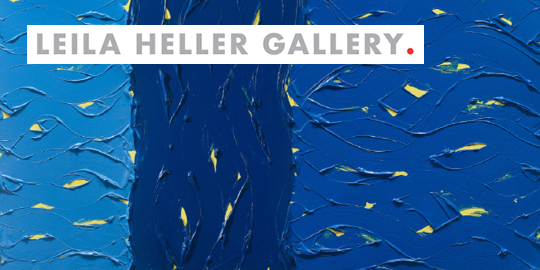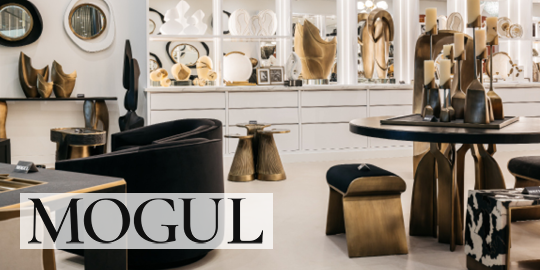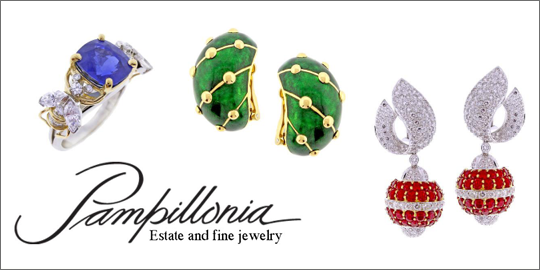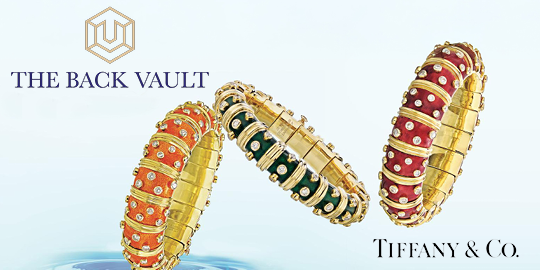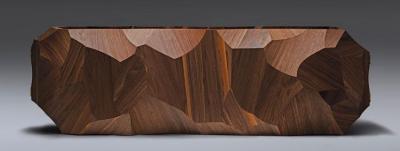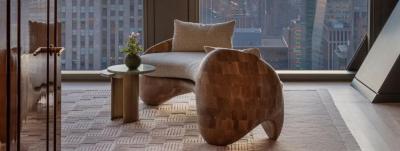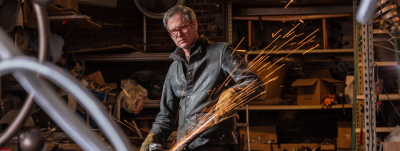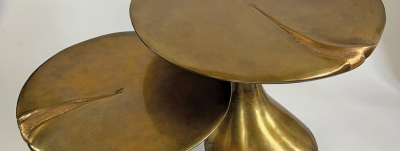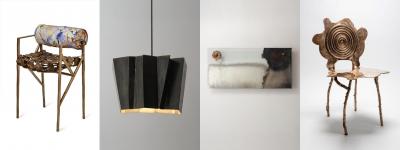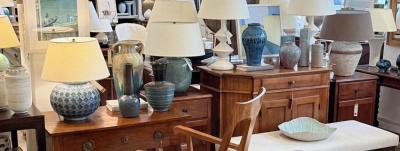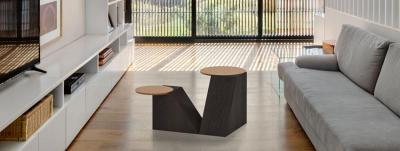The Innovative Eye of Furniture Designer Jason Mizrahi
The Innovative Eye
of Furniture Designer
Jason Mizrahi
All photos courtesy Jason Mizrahi unless otherwise noted.
 | |
| Furniture artist Jason Mizrahi seated on his Air Chair, with his V-Table. Photo courtesy of Modern Luxury Interiors. |
Los Angeles designer Jason Mizrahi studied architecture at Pratt Institute in New York. His furniture has clear architectural qualities — minimal forms and striking sight lines refined with what he describes as “beauty of expression, purity, and emotion.” There is undeniable creativity and originality to his designs, which take on unexpected shapes but remain functional. He attributes this delicate balance to intensive investigations into the formal structures of furniture and ceaseless experimentation with materials. Mizrahi has won numerous awards for his work, and one of his designs, the sleek, aerodynamic A Volare chair, was among the award nominees for SaloneSatellite Milan in 2014, a prestigious showcase for emerging designers.
 |
The aerodynamic A Volare chair, true to its name, appears poised to take flight. The seat is powder-coated metal with cherry-stained maple arms. Top photo: Raffix, Bottom photo: Mario Gonzalez |
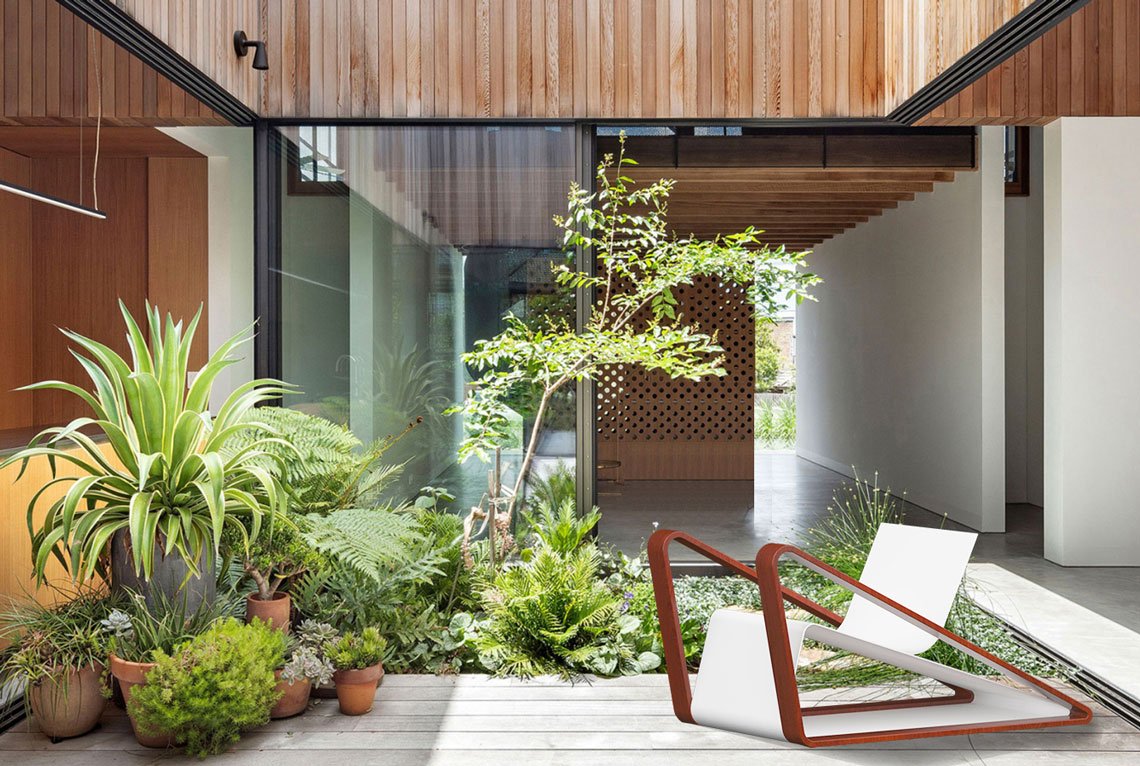 |
Tell us how you became a furniture designer.
My journey into furniture design was a natural extension of my architectural training. But it was also part of a personal evolution. In architecture, I have always been fascinated by the dialogue between space and form — how scale, proportion, and materiality shape our experience of the environment. Over time, I realized that I wanted to explore that dialogue on a more intimate, personal level.
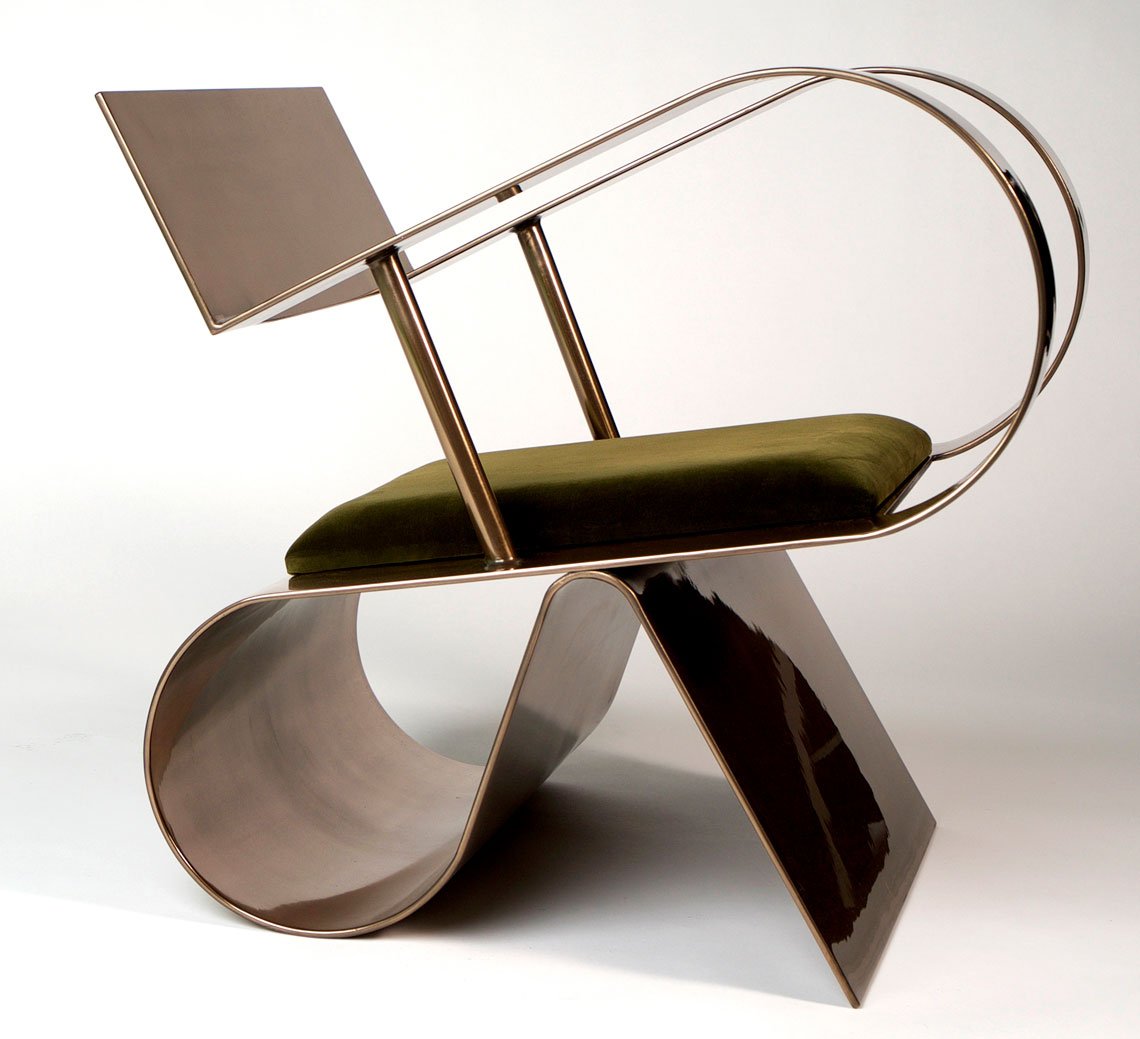 | 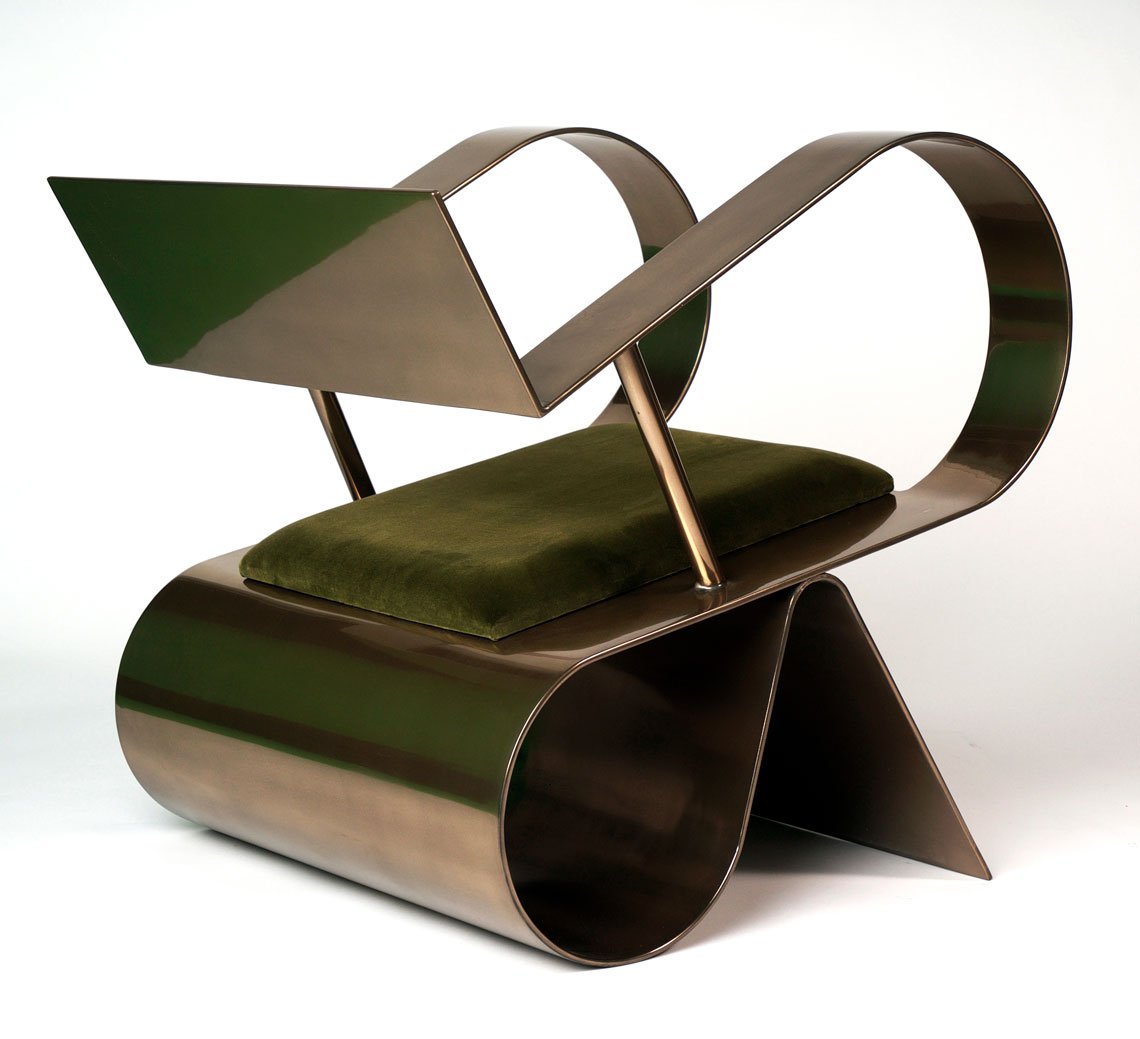 | |
The award-winning Symphony Chair combines minimalist planes with voluptuous curves, offering a different perspective from each viewing angle. The appearance is rich and luscious, with a polished metallic bronze finish and plush velvet cushioned seat. This design won the Best Innovative Product Design Award from the Society of American Interior Designers in 2017. Available as shown, or can be customized in different finishes. Photos: Ostrich Farm Studio | ||
Furniture gave you that opportunity?
Yes. Furniture allowed me to engage with the same design principles — structure, balance, function — but with a sculptural freedom. I began experimenting with smaller-scale forms where I could blur the lines between utility and art. I was drawn towards creating emerging sculptural expressions of how a chair or a table could capture the unique balance of being both sophisticated and timeless.
.jpg) |  | |
Left: The Air Chair’s ultra-light, seamless, and unified line allows light to flow into and around the form. Made to order in aluminum with powder-coated or custom patina finish. Photo: Raffix At right, a suite of Air Chairs circles a dining table; their lithe profile ensures the spectacular view takes center stage. Photo: Mario Gonzalez | ||
How would you describe your aesthetic sensibility as a designer?
My sensibility is rooted in minimalism, but it’s not about emptiness; it’s about intentionality. I’m drawn to the quiet power of form, where every line, proportion, and surface has purpose. My background in architecture taught me the value of structure and spatial clarity. That foundation naturally carries into my furniture work through clean, contemporary lines and a respect for balance. I don’t see furniture as functional design — I approach it as creating a composition.
What are some of the qualities of this minimalist design sensibility?
My clean, minimalist approach to design values restraint, clarity, and refinement. It’s about stripping away excess to let the material and form speak. I try to create pieces that are simple in silhouette but rich in presence, where you can feel the emotion of the materials.
 |
| Above: Balancing a slim circle platform on top of a trapezoid column, the versatile V Tables can be configured together in a variety of compositions, used separately, or ordered individually. Photo: Ostrich Farm Studio Below: A pair of V Tables grouped to form a v-shaped void, creating a striking sculptural presence in the space. Photo: Mario Gonzalez |
 |
What about originality? Where does that come from in design?
Originality comes from giving space to your ideas and trusting your design process, which allows each idea to speak without constraints. I believe originality comes from trusting your intuition, allowing your eyes to bring to the surface what lies underneath. My designs are an exploration of form and expression that seeks to capture the emotion of the material in a way that hasn’t been seen.
 |
The Loop Chair expresses movement through its fluid form. The back flows seamlessly to the seat, then continues to the base in a series of loops that contrast positive and negative space. Custom finishes are available, and the chair can be ordered with a leather seat cushion. Photo courtesy California Homes magazine |
Describe your design process.
My design process always begins with sketching. But I approach it less as a technical exercise and more as a free, expressive release. In those early stages, I try to let go of ideas of function, constraint, or even structural logic. It’s about capturing a gesture, a silhouette, or a feeling — I am letting intuition lead the way without overthinking the outcome. These early sketches are like visual thoughts, unfiltered, and that’s where some of the most honest, original ideas emerge.
So what happens next?
From there, the challenge — and the beauty — is translating those abstract expressions into three-dimensional forms. I begin building models or mock-ups to understand scale, proportion, and physicality. It’s a sculptural process where I test how the form breathes in space, how it might invite interaction, or how materials might support the emotional tone of the sketch. The key is not to let the refinement process strip away the essence of the original concept.
 | 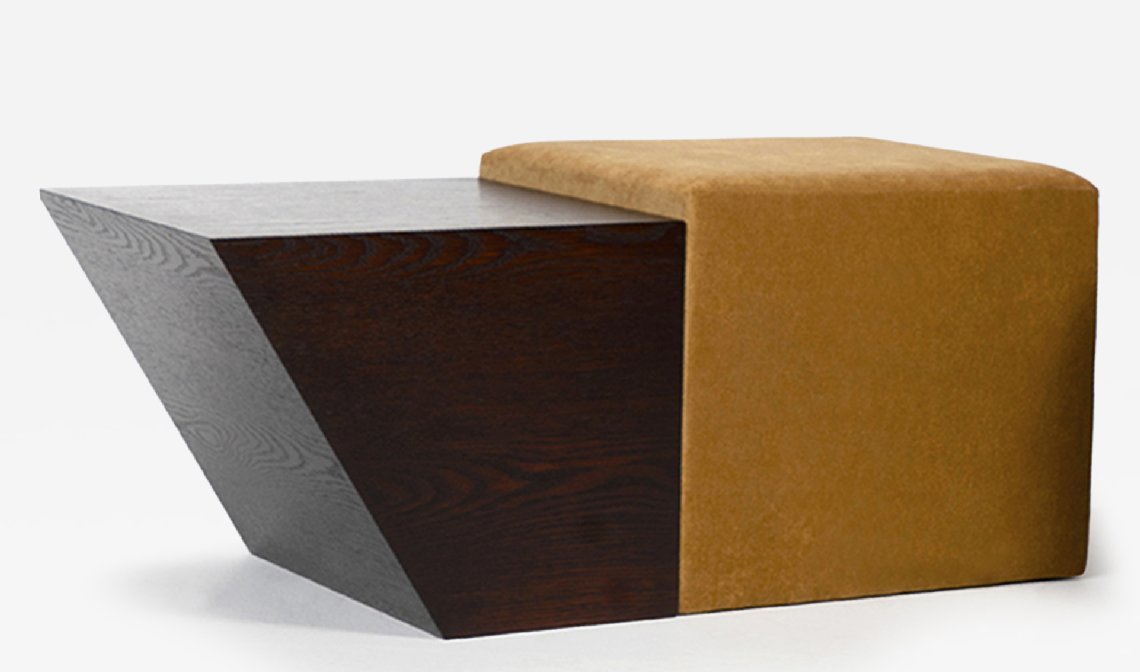 | |
Left: The Cadoro Side Tables layer gloss and matte finishes with brown stained oak veneer. Custom finishes and stains are available, and they can be purchased as a pair or individually. Right: The Sophia Stool in stained oak with caramel velvet-covered cushion. Photos: Ostrich Farm Studio | ||
The Symphony chair is fabulously lyrical. Can you tell us about the genesis of this design?
I approached it less as a chair in the traditional sense and more as a composition of form, movement, and presence. I was drawn to the challenge of balancing the functional expectations of seating while maintaining the poetic impact of sculpture.
Can you unpack that description?
The piece has a dual identity: it is grounded enough to be part of everyday life, yet bold and expressive enough to stand on its own as a piece of art. It speaks to proportion, materiality, and silhouette in a way that invites reflection. It’s a quiet provocation, asking the viewer to reconsider where the line between art and design truly lies.
 | 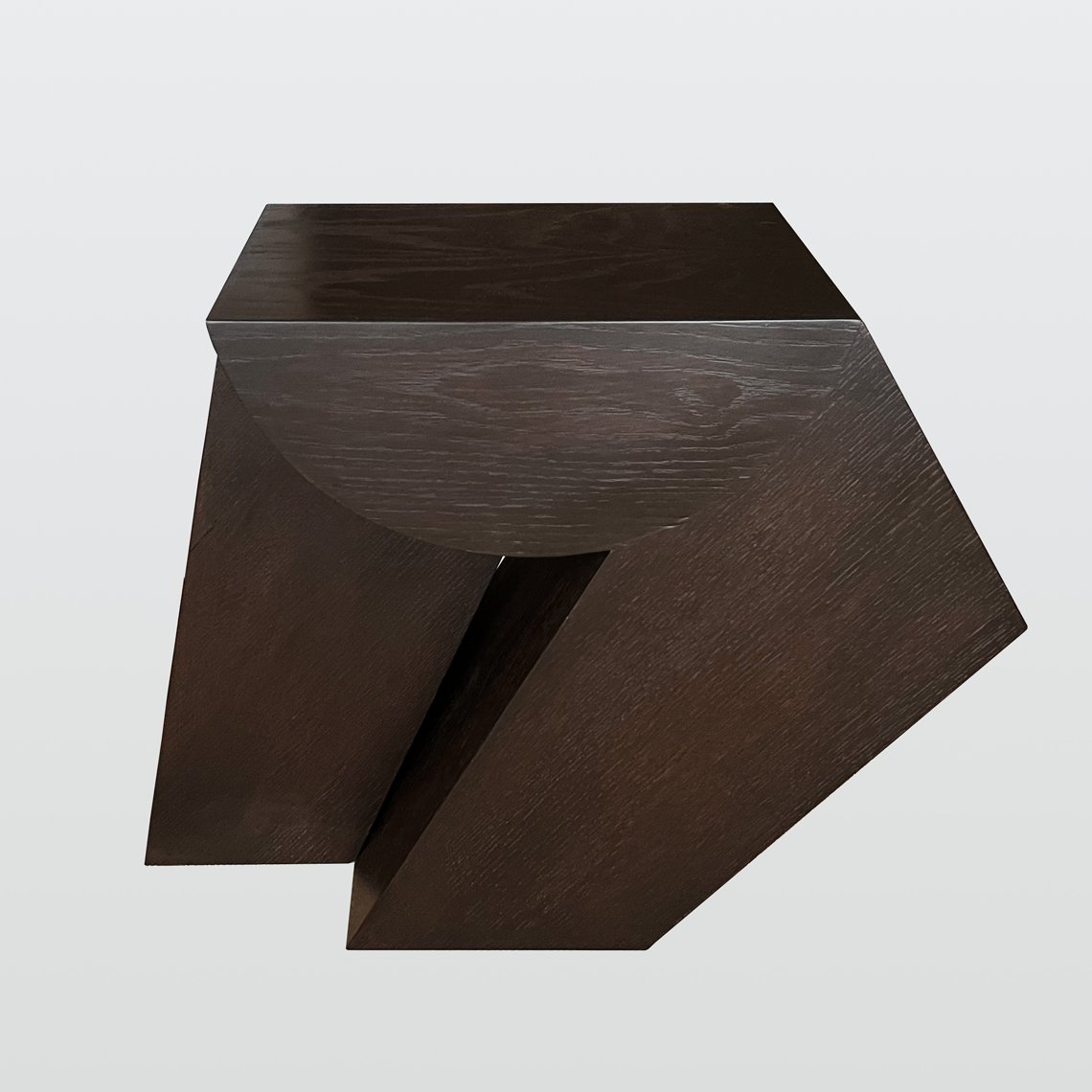 | |
Left: The Marble V Tables fuse architectural elegance with the natural beauty of hand-selected marble from Europe. Right: A Cubist-inspired side table with a strong sculptural presence, the Aria Table is a piece of functional art that will elevate any interior. Photos: Ostrich Farm Studio | ||
What material do you prefer to work with and why?
My preference for working with wood and metal stems from the way these materials naturally embody character and provide for a natural aesthetic language of minimalist, contemporary design. These two materials align with my desire to create pieces that are not merely functional but expressive and have a rich material presence.
 |
Belcanto is an expression of an idea to see things not for what they are but rather what they can become. The perception of a chair is redefined as an effortlessly dynamic and continuous expression that breaks free from the traditional approach. No longer seen as a conventional object to be sat on, but rather an incorporation of sculpture that elevates the chair to be admired. Photo: Raffix |
Where do your ideas for designs come from?
Minimalist architecture, photography, sculpture, and even fashion design have deeply shaped the way I approach furniture as a chosen medium of expression. What draws me most in all these disciplines is a shared emphasis on clarity, restraint, and intentionality — the simple, defining idea that when you strip away all that is unnecessary, what remains must speak louder, with more purpose and depth.
So, for you, timeless design lies in a kind of minimalism?
That is correct. I strive to let the inherent character of the materials do the talking, rather than forcing ornament or excess. It has also instilled in me a respect for the expressive potential of materials. In my work, I aim to create furniture that is not just seen but felt, where the form is reduced while simultaneously the emotion is amplified.
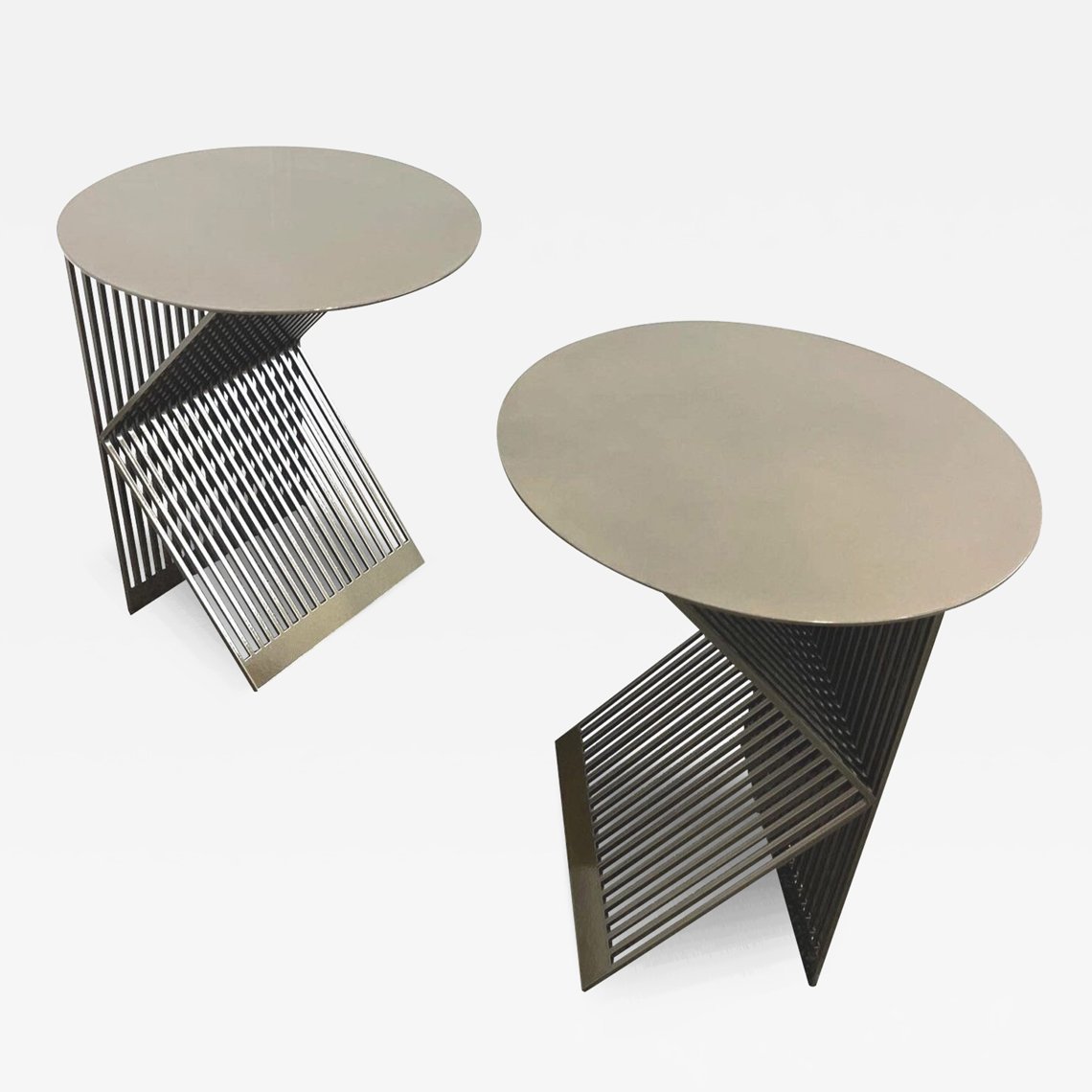 |  | |
Left: The K Tables explore contemporary minimalism through the concept of reflection. The steel rods articulate a continuous pattern between solid and void to create a secondary effect between light and shadow. Right: The architectonic Alko Chair shown in solid walnut with natural oil stain. Available in walnut, ash, or oak. | ||
Are there contemporary designers you admire?
I admire many, many designers. What I admire most in any creator, regardless of their field of creativity, is their ability to imagine and bring into existence something that didn’t exist before. Whether it’s a sculptor, photographer, an architect, or a fashion designer, the act of creation is, to me, one of the most profound expressions of human potential. It takes vision, vulnerability, and courage to see beyond what is already there and then reimagine it into something new.
You are talking about a design that changes our perspective on life.
Correct. That shift in perspective, the ability to extract beauty from the overlooked, to transform the ordinary into the extraordinary, is the essence of true creativity. It’s not limited by discipline; it’s a mindset, a way of expressing existence. That’s what I strive to embody in my work: to see materials not just as functional components, but as expressive elements waiting to be shaped into something timeless. And I take inspiration from others who do the same.
 |  | |
The Sia Coffee Table, left, and Sia Bench, right. A continued exploration of extended free forms used to create seamless furniture. | ||
What do you live with in your home?
In my home, I live with very little, which allows me to create space for clarity and allow room for ideas to manifest. I surround myself with objects that to me are powerful and remind me of sophisticated and timeless design. My home is a sanctuary and a silent collaborator, a place that constantly reminds me that great design isn't loud; it’s deep, considered. That’s the foundation I build from when I create.
What is your best-selling design?
For me, the best-selling design is always the next idea I’m working on, not because past pieces aren’t meaningful, but because creativity is a living, evolving pursuit. I am constantly chasing that moment of discovery, the spark when a new idea begins to take shape, and I can see the potential for something that hasn’t existed before. That forward momentum, that sense of possibility, is what drives me.
Tell us about your much-admired A Volare chair.
The inspiration behind A Volare was to reimagine the traditional notion of a chair not as a fixed, static form, but as a fluid composition in motion. The design breaks away from convention, using continuous, elongated lines to evoke a sense of movement and emotion within the material itself. Its exaggerated proportions emphasize the fluidity and expressive potential of the material, transforming it into a sculptural presence rather than a passive object.
Are your designs connected or sequential?
Each design I create is a chapter, a stepping stone. It reflects where I was in my thinking, in my understanding of material, proportion, and form. But I am never content to repeat what has already been done. I’m inspired by growth, by refinement, by the challenge of pushing an idea just a little further, stripping it back even more, or expressing something in a way I haven’t yet tried. So while past designs may resonate with others, and I’m grateful they do, what excites me most is what hasn’t been realized yet. The best design is always ahead of me: it's a constant pursuit of finding greater simplicity of expression.
What is next for you?
My upcoming lighting collection is an exploration of minimalist form on an intimate scale. While much of my previous work has focused on furniture as sculpture, this collection shifts that sensibility into lighting, treating each piece as a small, refined object that quietly transforms a space. The intention is for each piece to feel like a gem — simple, sculptural, and timeless — elevating its surroundings without overpowering them. This collection celebrates the power of quiet design, where less becomes more.
 |


